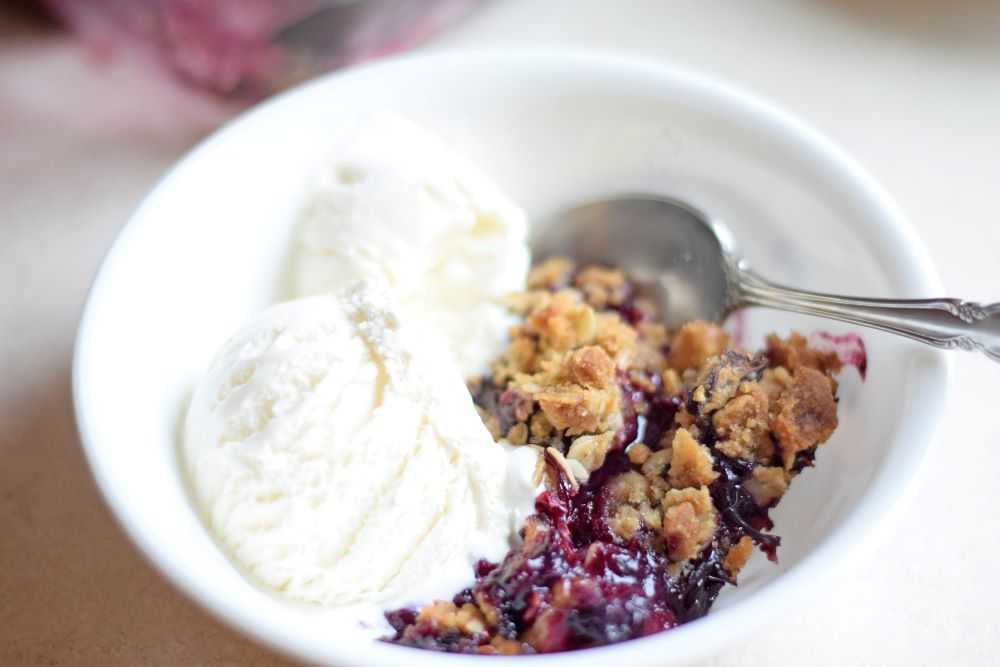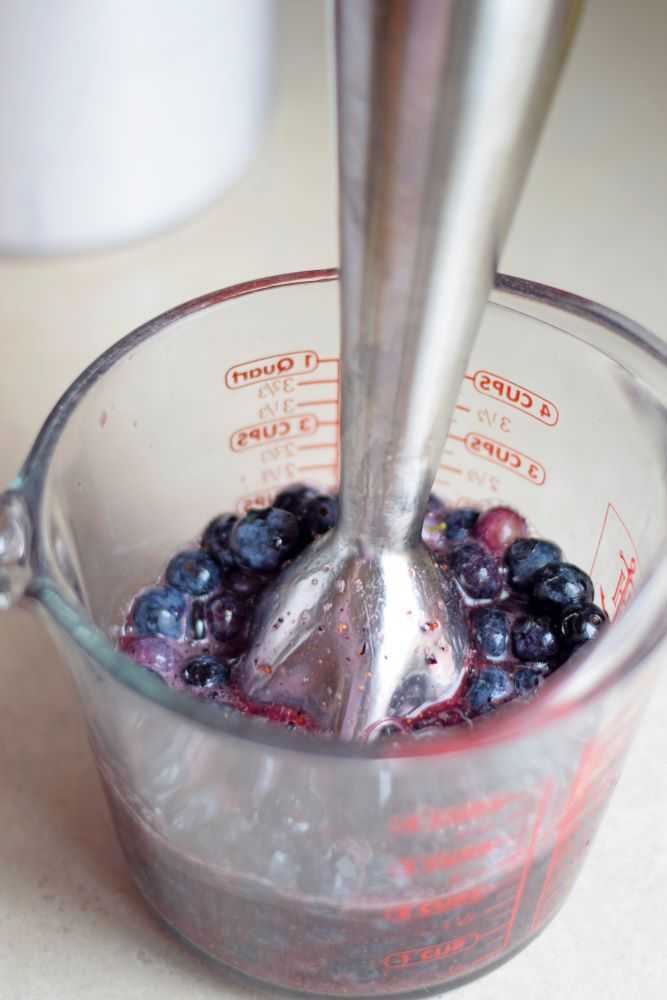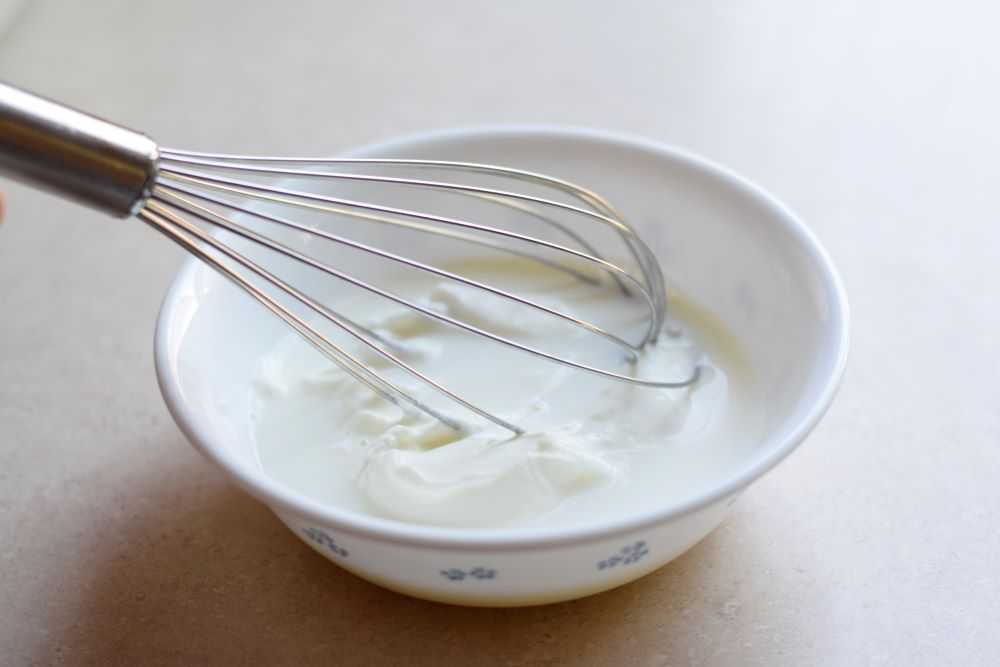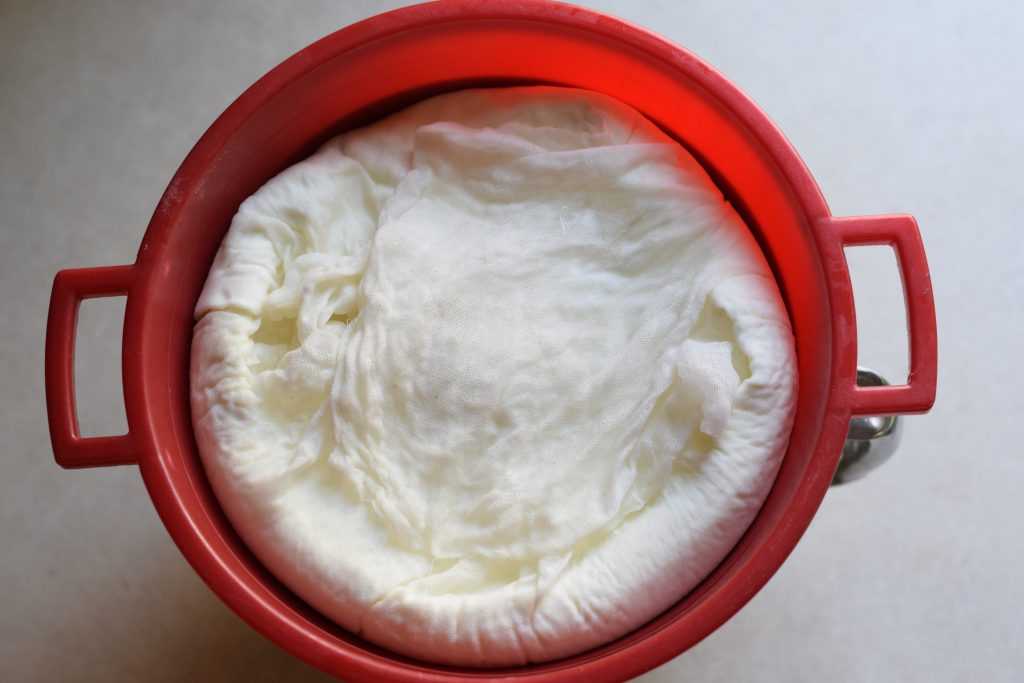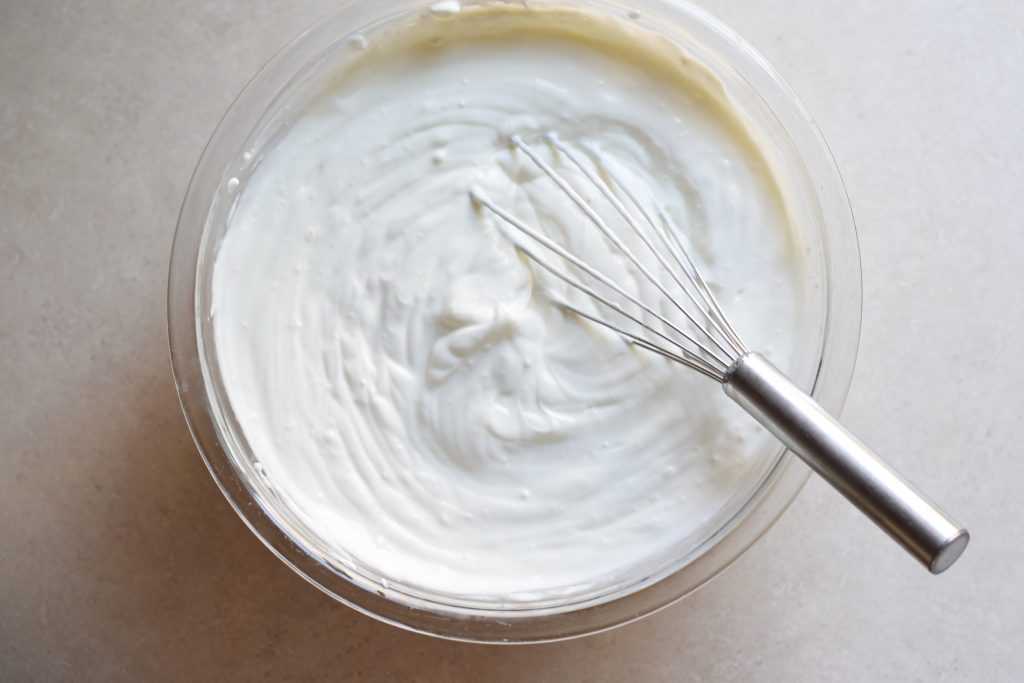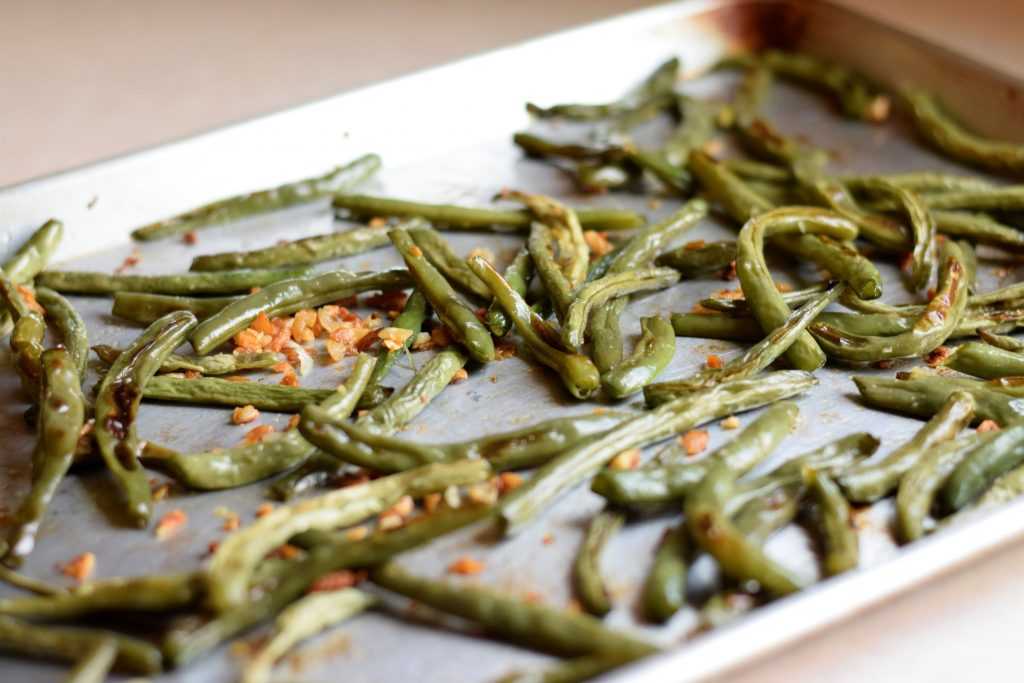Blueberry freezer jam is easy to make at home! Frozen blueberries can be used so it can be made and enjoyed all throughout the year!

Note: This article may contain affiliate links, where I earn a small commission from qualifying purchases with no additional cost to you. I only provide links to products that are similar to what I use personally.
Do you ever crave homemade jam in the middle of winter? I know I do! While jam is usually made in the summer when fresh fruit is plentiful, it can be made all throughout the year by using frozen fruit. As an added bonus, frozen fruit is already picked and washed which makes the process even easier!
Blueberry freezer jam is one of my favorite types of freezer jam. Since the fruit in freezer jam is never cooked it keeps its fresh fruit taste. It’s like summer in a jar. Yum!!!
Blueberry jam is easy to make at home, requires only four ingredients, and can be made in under an hour. This post will take you through how to make blueberry freezer jam, step-by-step. Let’s get started!
Equipment for Blueberry Freezer Jam
You need some basic equipment to make blueberry freezer jam. We will go through the list now:

Jars
You need containers to hold about 6 cups of finished jam. Some people prefer plastic containers for freezer jam but I usually use half pint mason jars (one cup capacity). I prefer wide mouth jars so the jars are easier to fill. Jars similar to what I use can be found here. I use these plastic jar lids so the containers are easier to open and close.
Make sure that your jars or containers are cleaned in hot soapy water before use and allowed to air dry. I run the jars and lids through the dishwasher and they are ready to go!
Jar Funnel
This makes it SO MUCH EASIER to fill your jars. If you do not have a jar funnel you can purchase one similar to the one I use here .
Immersion Blender or Potato Masher
You need some way to crush the fruit for the jam. I prefer to use an immersion blender (or regular blender) to puree the fruit most of the way. If you don’t have a blender you can also use a potato masher or even a fork to crush the berries, especially if you like your jam a little on the chunky side.
Measuring Cups
I use a standard measuring cup for the sugar but I like a glass measuring cup for the blueberry puree because it is easier to measure and pour.
Other items needed: A large bowl, a small saucepan, a whisk, and a ladle.
Ingredients for Blueberry Freezer Jam

Fresh or Frozen Blueberries
Fresh blueberries are great in this jam. But since it can be difficult to get fresh blueberries year round, I often use frozen blueberries. Flavor-wise fresh and frozen berries taste very similar in this jam and they are relatively inexpensive. Frozen blueberries are available year round and it is a real treat to be able to make and enjoy blueberry jam in the middle of the winter!
You need less fruit than you may think for jam, only about 2 cups of crushed or pureed fruit. One pound of whole blueberries is usually enough.
Sugar
Jam takes a LOT of sugar. About 4 cups of it to be exact! Plain old granulated sugar is what you want here. Do not try to reduce the amount of sugar or use a sugar substitute because the jam will not thicken properly.
Pectin
Pectin is very important for making jam. It is what makes the jam gel and become thick. Many people have never bought or used pectin before, so we will now learn more about it.
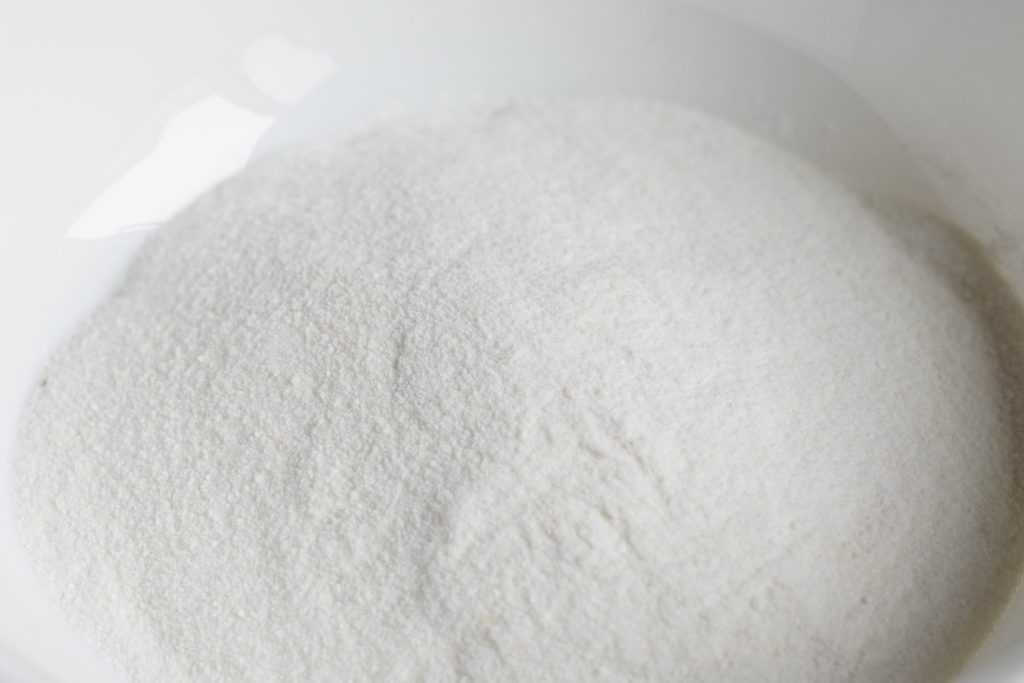
What is pectin? Pectin is a type of fiber that is usually made from green apples citrus fruits. Some dextrose and citric acid is also added to the powdered pectin so it tastes sour if you try it. This sour taste is good though because it helps to counter all the sweetness from the sugar and bring out the taste of the fruit. When heated along with with sugar and acid the pectin will gel and give the jam the correct texture.
What types of pectin should I buy? This recipe calls for powdered pectin that comes in a small box, usually 1.75 to 2 ounces depending on the brand. Make sure that you purchase regular pectin and not the type formulated for low sugar recipes.
Where can I find pectin? Pectin usually comes in a single-use box but you can also buy it in bulk on Amazon. Pectin is sold in many grocery stores in the summer months, when many people are making jam. If you can’t find it at your grocery store try looking at Bi-Mart or a farm store.
Pectin differs a little between brands and you may have more success with some brands than others. Today I am using MCP pectin (fun fact: MCP stands for Modified Citrus Pectin) but I have also used Mrs. Wages pectin in the past with great results. I do not have a favorite brand and usually buy what is on sale.
Citric Acid (optional)
Citric acid is my secret ingredient for blueberry jam. I find that blueberries are often sweeter with less acid than other types of fruit or berries. Add several cups of sugar to them when you are making jam and they can easily become too sweet. Adding some citric acid to the blueberry jam brightens the flavor and takes this jam from good to amazing!
Citric acid is a type of acid that is found in many citrus fruits. It comes as a powder that can be found in the canning aisle of many grocery stores. Lemon juice can also be added but I prefer citric acid because it is shelf stable (so I always have it available) and does not have any flavor of its own. Citric acid or lemon juice are optional ingredients and you can leave them out if you wish.

Now that that you have everything you need, let’s go through the process of making homemade blueberry freezer jam!
How to Make Blueberry Freezer Jam
Step 1: Prepare the blueberries
Start by thawing the blueberries if they are frozen. Move them from the freezer to the refrigerator the day before you are going to make the jam so they can defrost overnight. Or you can put them in the microwave for a minute or two. Just be careful not to cook them too much or you may lose that fresh blueberry taste! Then puree or mash the fruit until the desired consistency is reached.
There are several ways to crush the berries. Some people spread the fruit into a 9×13 inch pan and mash them with a potato masher. I prefer to put the blueberries in a four cup glass measuring cup and use my immersion blender to puree them most of the way, leaving a few small pieces here and there. You can leave your fruit a little chunky or puree it until it is perfectly smooth. The choice is up to you!
After the blueberries are mashed measure out exactly two cups of fruit. You are now ready to add the sugar!
Step 2: Stir the blueberries and sugar together
Measure out 4 cups of sugar into a large bowl. Add in the pureed blueberries and stir well. Let the blueberries and sugar sit in the bowl for 20 minutes, stirring occasionally. This will allow the sugar to dissolve most of the way.

To test whether the sugar has dissolved enough you can take out a little jam and rub it between your fingers. By the end of the 20 minutes it should be much less gritty that it was initially (but it is okay if it is not perfectly smooth at this point). Towards the end of the 20 minutes you can start to cook the pectin.
Step 3: Cook the pectin
Empty the box of pectin into a small saucepan. Add 1 cup of cool water and stir well with a whisk to break up any clumps. Heat the pectin over medium high heat, stirring constantly, until it comes to a full boil. Boil for one minute and then remove from heat.
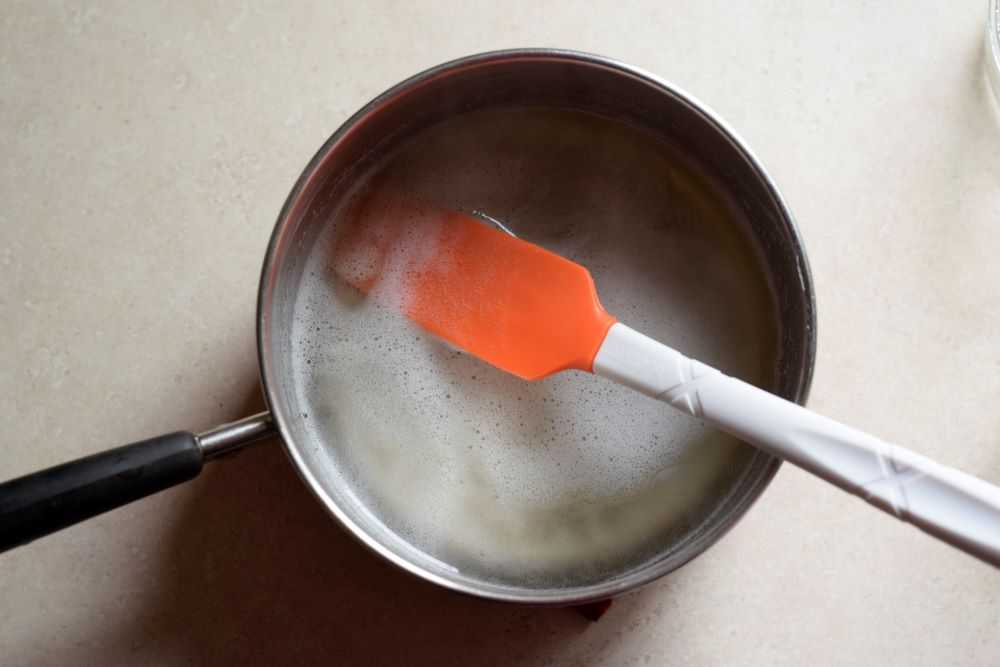
Step 4: Add the pectin to the fruit
Add the hot pectin to the fruit and sugar. Whisk briskly for 1-2 minutes or until thoroughly incorporated. Instead of being watery the fruit should now have a thicker, more syrupy consistency. Your jam is almost done!

Step 5: Add in citric acid to taste
Adding citric acid or lemon juice is optional depending on the sweetness of the berries you are using and your preferences. Add the citric acid, about a 1/4 teaspoon at a time, and stir well. Lemon juice can be added about a tablespoon at a time. Taste the jam and add more if desired. I ended up using 1/2 teaspoon citric acid for this batch of jam. As soon as you are happy with your jam it is time to fill the jars!

Step 6: Fill the jars
Use a ladle to fill the jars with the jam. A jar funnel is very handy for this so you do not drip sticky jam on the edges of the jars.

Leave about half an inch of head space between the top of the jam and the top of the jar. I use these plastic jar lids so the lids are easier to open and close. Once all of the jars are filled, transfer them to the refrigerator to cool and fully set.
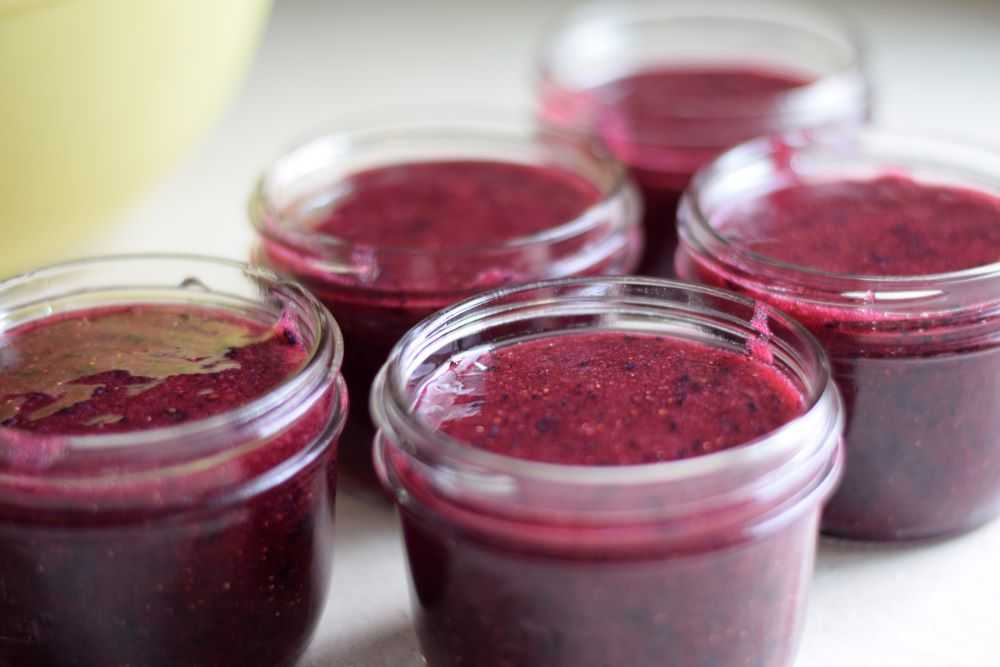
Freezer Jam Storage
After 24 hours the jam can be transferred to the freezer for long term storage. Thaw it in the refrigerator for a day before use. Once opened, use within 3 weeks or so. Jam keeps for up to 1 year in the freezer.
Serve
This blueberry freezer jam is good on so many different things! Try it on pancakes or waffles, toast or biscuits. It also tastes amazing on homemade yogurt!

Hope you get to try this freezer jam soon! Let me know how it went in the comments below. Happy Cooking!
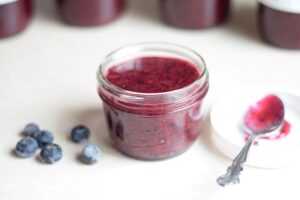
Blueberry Freezer Jam
Ingredients
- 1 pound fresh or frozen blueberries (You will need 2 cups pureed berries)
- 4 cups sugar
- 1 box regular fruit pectin (1.75 or 2 oz box, depending on the brand)
- 1 cup cool water
- citric acid or lemon juice, to taste (optional)
Instructions
- Start by thawing the blueberries if they are frozen. Then puree or mash the fruit until the desired consistency is reached. You will need 2 cups of crushed or pureed berries.
- Stir the crushed blueberries and sugar together in a large bowl. Let sit for 20 minutes for the sugar to dissolve most of the way.
- Towards the end of the 20 minute resting period you can start to cook the pectin. Empty the box of pectin into a small saucepan. Add in the water and stir well with a whisk to break up any clumps. Heat over medium high heat, stirring constantly, until it comes to a full boil. Boil for one minute then remove from heat.
- Stir the hot pectin mixture into the blueberries. Whisk briskly for 1-2 minutes or until thoroughly incorporated.
- Add citric acid, about ¼ teaspoon at a time, until desired taste is achieved. If using lemon juice, add it about a tablespoon at a time. Adding citric acid or lemon juice is optional depending on the sweetness of the berries you are using and your preferences.
- Ladle the jam into small, clean jars or containers. Leave about half an inch of headspace between the top of the jam and the top rim of the jar. Once all the jars are filled, put the lids on the jars and transfer them to the refrigerator to cool and fully set.
- After 24 hours the jam can be transferred to the freezer for long term storage. Thaw in the refrigerator for a day before use. Once opened use jam within three weeks or so. Jam keeps for up to 1 year in the freezer.
You may also like:
